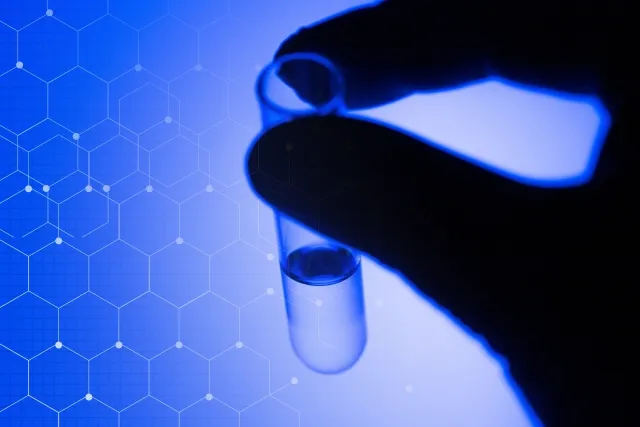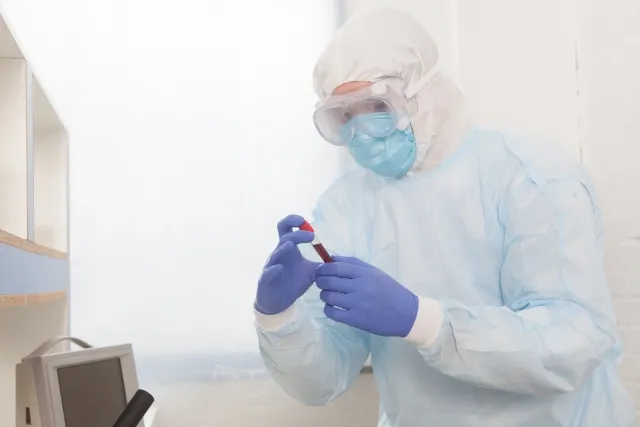Summary of this article
For those concerned about cancer risks, early detection and accurate diagnosis are of utmost importance. CTC (Circulating Tumor Cells) detection technology plays a crucial role in the advancement of cancer diagnosis and treatment. In this article, we will explain the evolution of CTC detection technology in detail, discussing its mechanisms and applications in modern medicine.
History of CTC Detection Technology
1. Early Discovery
The existence of CTCs was first reported in 1869 by Australian physician Thomas Ashworth. He confirmed the presence of tumor cells in the blood of cancer patients, but the technology at the time made accurate detection of CTCs difficult.
2. Limitations of Microscopy Technology
In the early 20th century, advances in microscopy technology facilitated CTC research. However, the challenge of detecting the extremely small number of CTCs in the bloodstream remained. This caused a temporary halt in CTC research, but with technological advancements, interest in CTC detection revived.
Advances in the Late 20th Century
1. Introduction of Flow Cytometry
In the 1970s and 1980s, flow cytometry was introduced to CTC detection. Flow cytometry is a technology that measures the physical and chemical properties of cells, enabling the rapid and precise analysis of cells in the bloodstream, making CTC detection possible.
2. Development of Monoclonal Antibodies
In the 1980s, monoclonal antibodies were developed. These antibodies made it possible to label specific proteins on the surface of CTCs, allowing for their identification. The use of monoclonal antibodies significantly improved the accuracy of CTC detection.
Technological Innovations in the 21st Century
1. Microfluidic Technology
Microfluidic technology revolutionized CTC detection in the 21st century. This technology uses microchannels to process blood samples, separating CTCs based on their physical characteristics (such as size and shape). Microfluidic technology enables the rapid and efficient detection of CTCs.
Advantages of Microfluidic Technology
- High Sensitivity: Detects even small amounts of CTCs in the bloodstream.
- Speed: Allows for quick separation and detection of CTCs.
- High Precision: Accurately separates CTCs from other blood components.
2. Genetic Analysis Technology
The introduction of next-generation sequencing technology made genetic analysis of CTCs possible. This allows for detailed analysis of the genetic characteristics and mutations of CTCs, advancing personalized medicine by enabling the selection of the most suitable treatment for each patient.
Advantages of Genetic Analysis Technology
- Detailed Analysis: Provides in-depth analysis of CTC genetic mutations and characteristics.
- Personalized Medicine: Enables the selection of optimal treatments for each patient.
- Early Detection: Detects genetic mutations in the early stages of cancer.
3. Liquid Biopsy
Liquid biopsy is a non-invasive testing method that analyzes CTCs and cfDNA (circulating tumor DNA) in the bloodstream. Liquid biopsy is highly useful for early cancer detection and monitoring the effectiveness of treatment.
Advantages of Liquid Biopsy
- Non-Invasive: As a blood test, it places minimal burden on the patient.
- Real-Time Monitoring: Tracks cancer progression and treatment effectiveness in real-time.
- Early Detection: Detects cancer at an early stage.

Clinical Applications of CTC Detection Technology
1. Early Detection and Diagnosis
CTC detection technology holds great potential for early cancer detection and diagnosis. By detecting CTCs through blood tests, the presence of cancer can be quickly confirmed, allowing for early treatment initiation. For high-risk patients and those requiring regular monitoring, CTC detection technology is an important tool.
2. Monitoring Treatment Effectiveness
By monitoring the number and characteristics of CTCs, the effectiveness of treatment can be evaluated. Tracking changes in CTCs before and during treatment allows real-time assessment of treatment outcomes, aiding in the adjustment of treatment strategies.
3. Predicting Recurrence and Metastasis
CTC detection technology is also useful for predicting cancer recurrence and metastasis. Post-treatment CTC tests can detect signs of recurrence or metastasis at an early stage. This enables timely interventions, which are expected to improve patient prognosis.
4. Advancing Personalized Medicine
By analyzing CTCs, information about the genetic characteristics and drug resistance of cancer cells can be obtained. This makes it possible to select the most appropriate treatment for each patient, advancing personalized medicine. Personalized medicine aims to provide effective treatments while minimizing side effects.
Challenges and Future Prospects of CTC Detection Technology
1. Improving Detection Accuracy
The biggest challenge for CTC detection technology is its accuracy. Since CTCs are present in very small quantities in the bloodstream, highly precise detection technology is required. Future research is expected to develop even more accurate detection technologies.
2. Need for Standardization
Standardization of CTC detection technology is also a major challenge. Variations in detection and analysis methods can lead to inconsistencies in result interpretation. It is essential to establish standardized testing protocols.
3. Insurance Coverage and Widespread Use
Currently, CTC detection technology is often not covered by insurance, but it may become eligible for coverage in the future. Once covered, more patients will have access to CTC tests, leading to the generalization of early cancer detection and treatment monitoring.
Conclusion
CTC (Circulating Tumor Cells) detection technology plays a vital role in early cancer detection and monitoring treatment effectiveness. From its early discovery, through technological advances in the late 20th century, to the introduction of microfluidic technology and genetic analysis in the 21st century, CTC detection technology has made significant progress. With the popularization of liquid biopsy, CTC detection technology has become an important tool in cancer diagnosis.
For those concerned about cancer risks, CTC detection technology offers great potential for early detection, treatment evaluation, and predicting recurrence and metastasis. With future technological advancements and standardization efforts, CTC detection technology is expected to become even more widespread and contribute to cancer treatment.
CTC Testing at Hiro Clinic
At Hiro Clinic, we offer cutting-edge CTC testing. By detecting Circulating Tumor Cells (CTCs) in the blood, we support the early detection of cancer and the monitoring of treatment effectiveness. This non-invasive blood test is characterized by minimal patient burden. With the latest technology and expertise, we provide reassurance and reliable medical services to those concerned about cancer risks.
Supervisor of the article

Dr. Hiroshi Oka
Graduated from Keio University, Faculty of Medicine
Doctor of Medicine
Medical Doctor



